Affiliate links on Android Authority may earn us a commission. Learn more.
Redmi Note 6 Pro review: Still a fine buy
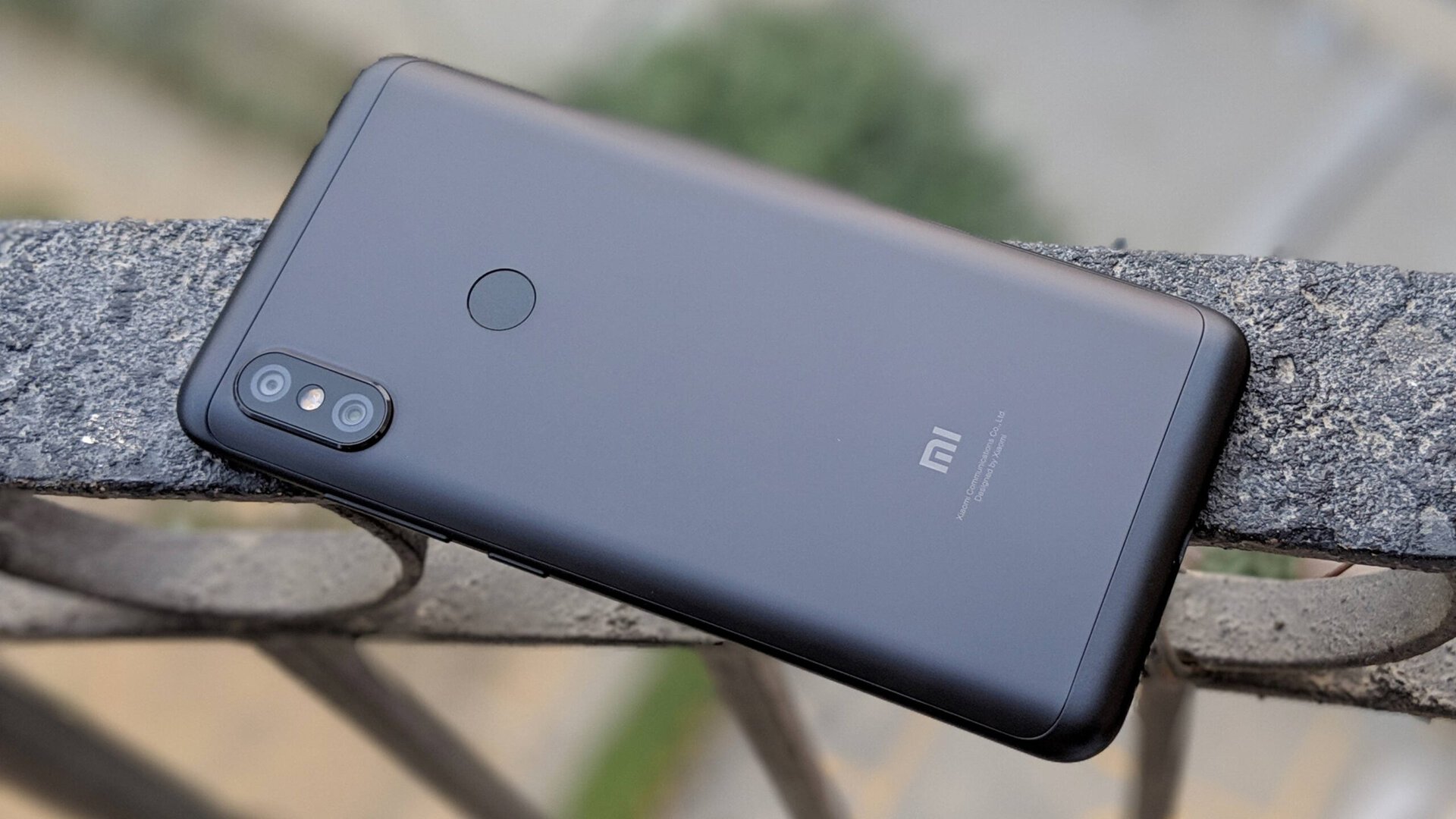
The success of the Redmi Note series has catapulted Xiaomi to a meteoric rise in last couple of years, usurping market leaders in India.
The Redmi Note 5 series launched in India in February 2018 with a “Pro” variant on offer for the first time. In just eight months, the company has launched its successor, the Redmi Note 6 Pro.
The Redmi Note 6 Pro sticks to the formula of the predecessor, keeping up with the times and cashing in on its popularity as one of the best mid-range smartphones in the market to keep the sales momentum going.
I spent a few weeks with the phone — here’s my Redmi Note 6 Pro review.
Design
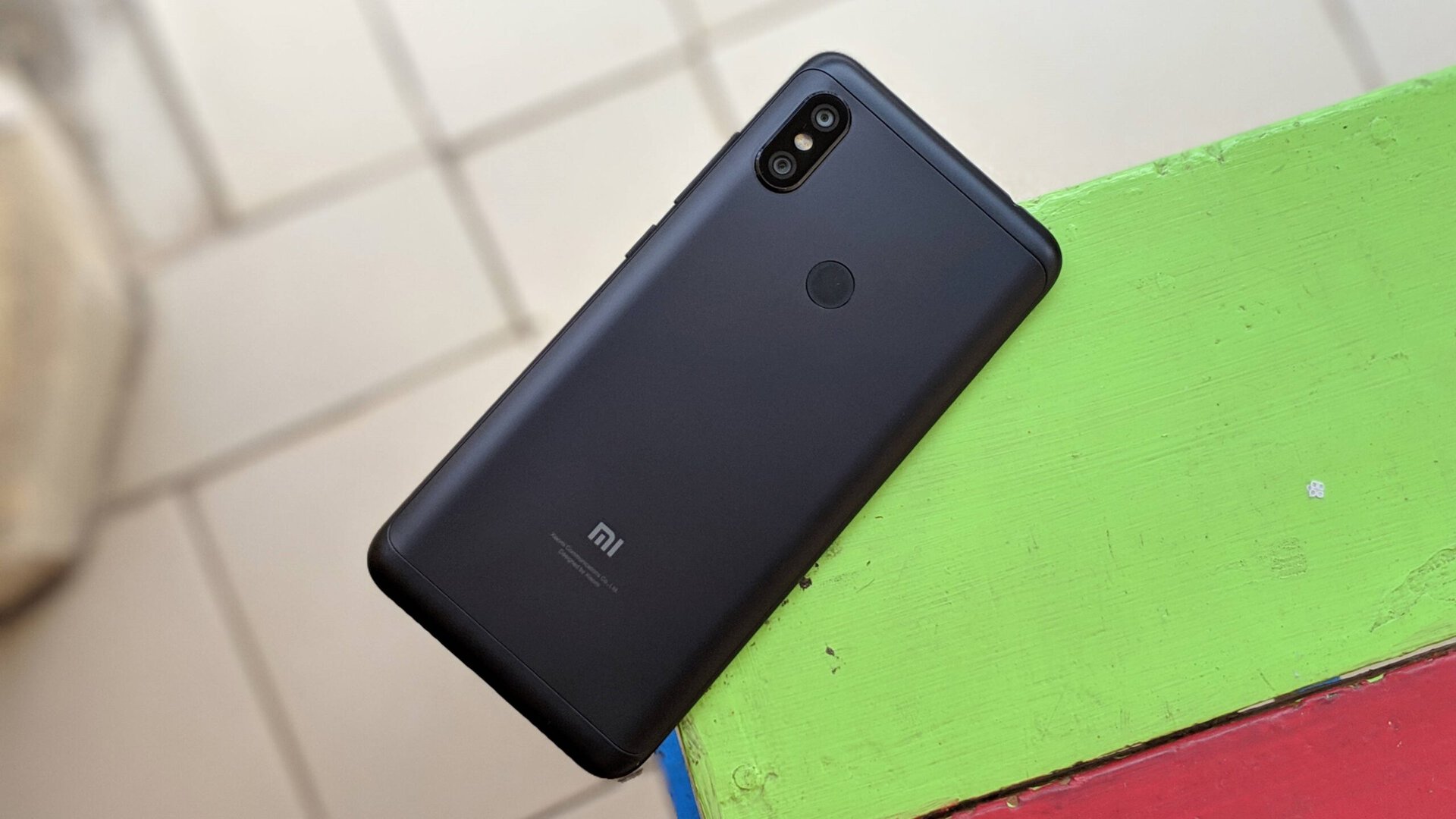
The design of the Redmi Note 6 Pro has Xiaomi written all over it (not literally!). It’s functional, but uninspiring — it just looks fine.
There’s nothing wrong with Xiaomi’s design language, mind you, but all the iterations are tiring, even if the phones’ bestselling status means a lot of customers are okay with it. A spunky new chassis would’ve offered a nice refresh, since by the end of 2018 it was difficult to tell one Xiaomi phone apart from another.
Redmi Note 6 Pro has a functional, but uninspiring, design.
The Redmi Note 6 Pro features a few subtle design changes that improve the device’s ergonomics, like the arc design on the back. The rounded corners don’t let the phone dig into your palm. At 182 grams, it’s a tad heavy, but the weight is distributed well and the phone didn’t get uncomfortable to hold at any point. There’s also a water-resistant P2i coating.
The Redmi Note 6 Pro is nicely built. Its metal body looks solid, but it’s definitely not winning any beauty contests. Honor and HMD Global consistently up the game in aesthetics, and I wish Xiaomi would follow suit in 2019.
Display
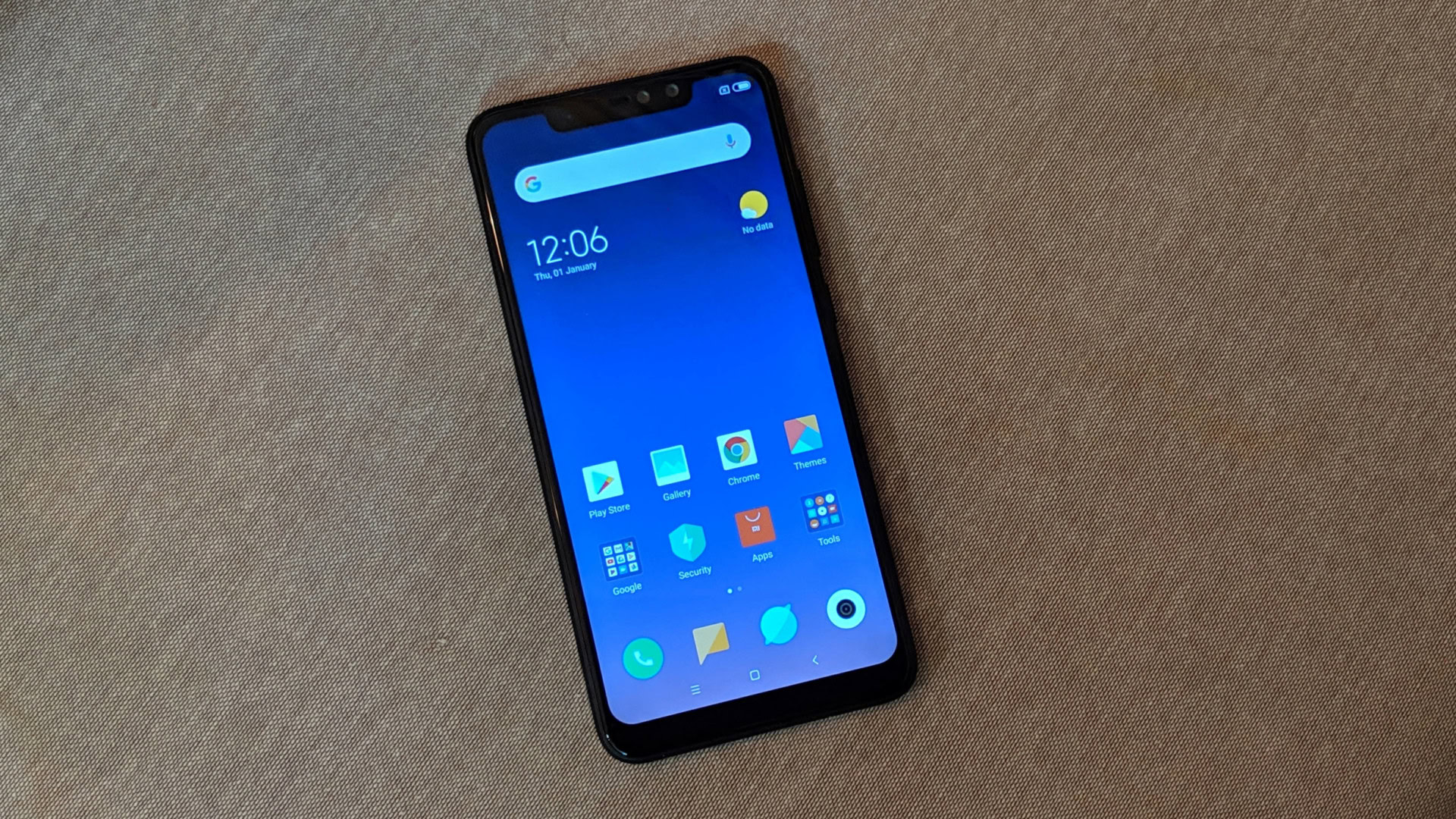
The display is the first thing you’d notice if the Redmi Note 6 Pro is placed next to the Redmi Note 5 Pro, since the former sports a larger 6.26-inch display with a large notch on the top. The notch allows Xiaomi to increase the display size within the same footprint of the phone although most of the extra screen real-estate is eaten by the notch itself. Practically, the notch offers no real benefit here but Xiaomi had to keep up with the trend.
The panel on the Redmi Note 6 Pro though looks much better than its predecessor. The colors are vibrant and the images and text appear quite crisp. The viewing angles are pretty good as well.
There’s also an option to tweak the white balance and color temperature of the display. For me, the default settings were just fine. For a smartphone in this price range, the Redmi Note 6 Pro certainly has one of the best displays out there.
Performance
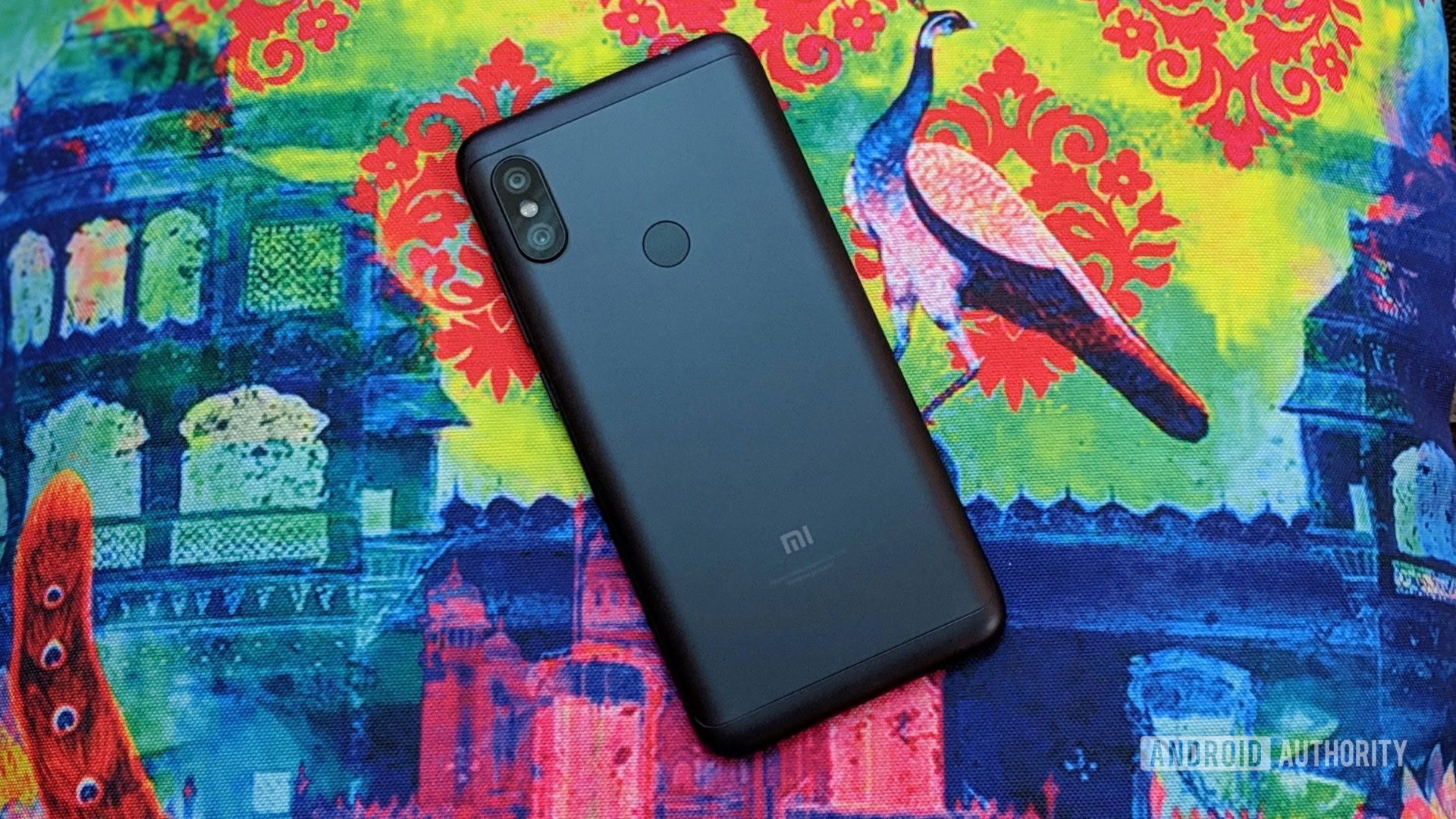
The Redmi Note 6 Pro packs in the same internals as its predecessor. For many, that was the biggest disappointment at the launch. The Qualcomm Snapdragon 636 processor, combined with 4GB or 6GB of RAM, was pretty exciting at the start of the 2018 — not so much in early 2019.
The Snapdragon 636 packs eight Kryo 260 cores clocked at 1.8GHz. It’s a fantastic mid-range SoC, but upgrading to the latest Snapdragon 660 would’ve been nice.
That said, the Redmi Note 6 Pro is a solid mid-range smartphone and can take anything you throw at it with considerable ease even, though it’s hardly the most powerful or fastest in the market. It’s an awkward conflict — the Snapdragon 636 works well and I had no issues with it in real-world usage, but the specifications sheet watchers won’t be impressed.
It’s the same story in the battery department. The large 4,000mAh battery offers over a day and a half of battery life easily, but the phone only comes with a 5V/2A charger.
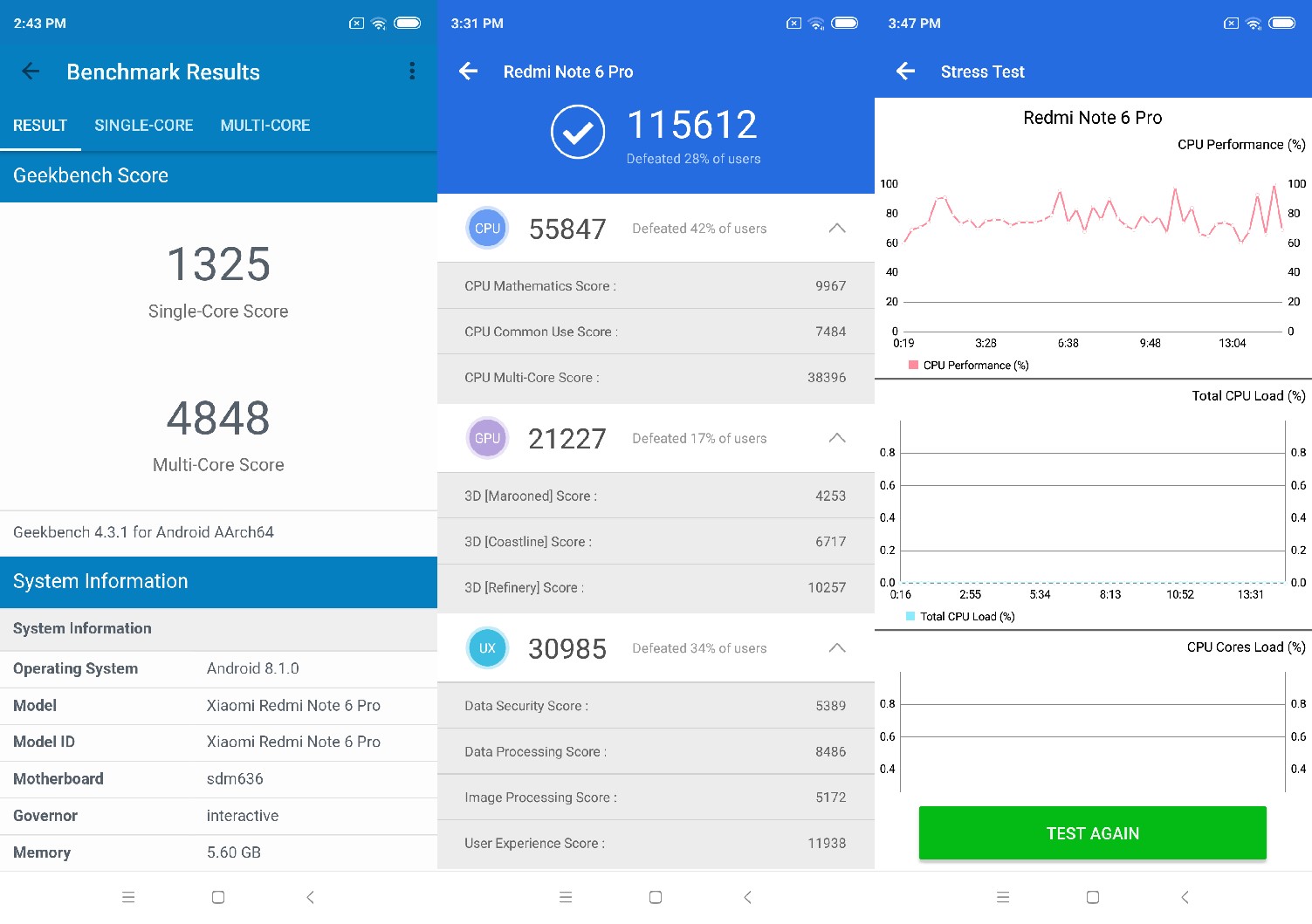
Overall, the Redmi Note 6 Pro continues to be a solid performer, even though this isn’t an upgrade from the last generation. A lot of the users might just be okay with it, really.
Hardware
The choice of MicroUSB port on the Redmi Note 6 Pro is disappointing. A device with a “Pro” moniker should’ve gone with USB Type-C, now that few other smartphones in the market at similar price points have made the switch.
The device features a hybrid SIM tray, so you can either use two SIMs or one Nano-SIM and one microSD card.
Camera
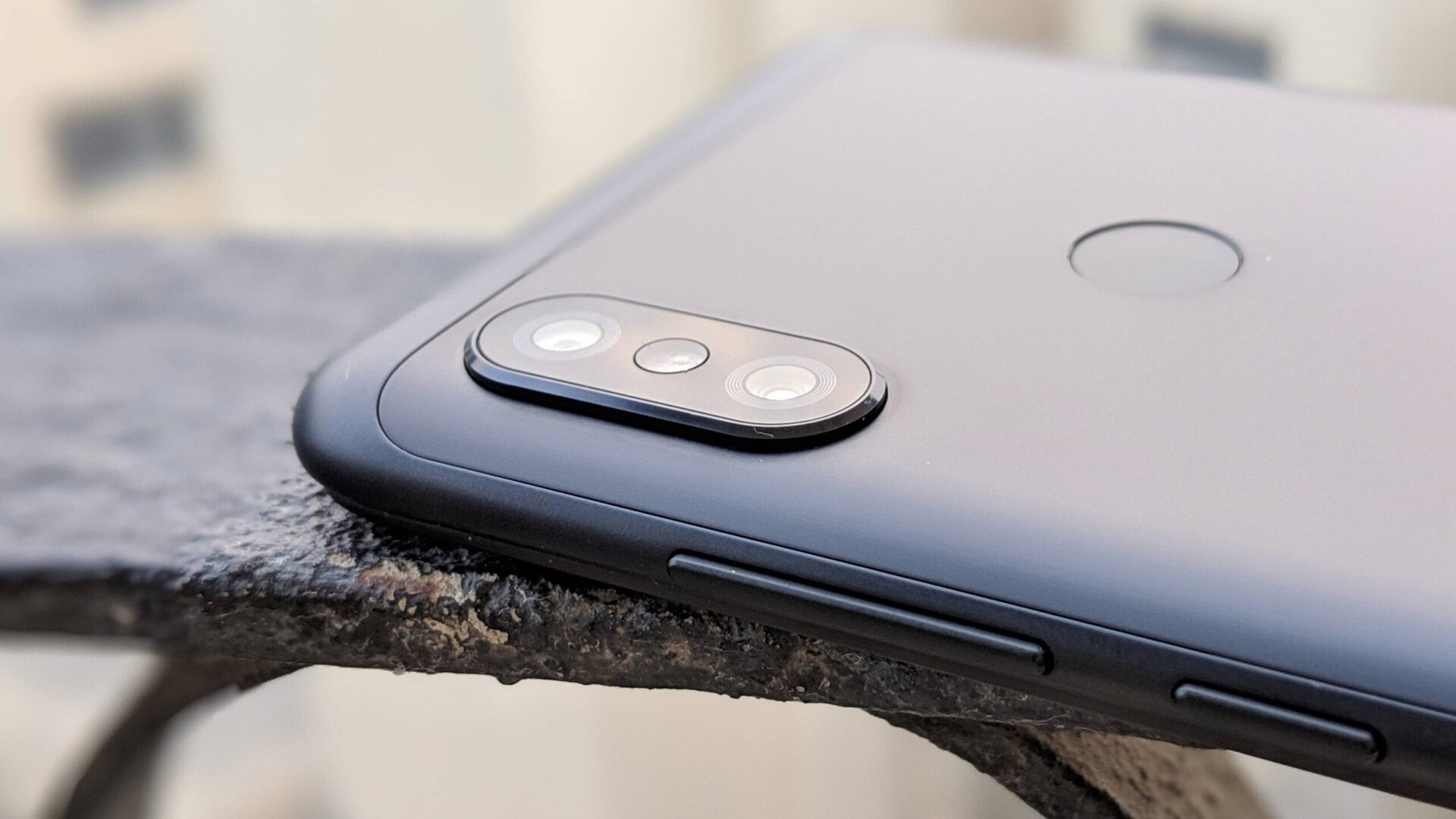
Imaging is one department where Redmi Note 6 Pro ups the ante from the last generation, even though the Redmi Note 5 Pro offered one of the best cameras in the segment at its time.
While the company retains the 12MP and 5MP dual camera configuration at the back, the primary sensor now has a 1.4-micron pixel size and dual-pixel autofocus, with a wider f/1.9 aperture that helps it pull in more light than the Redmi Note 5 Pro, which had an f/2.2 aperture. The secondary depth sensor helps with those bokeh shots and portraits.
In good lighting conditions, the Redmi Note 6 Pro takes great shots. The exposure’s just right, the colors look vibrant, and Auto HDR kicks in automatically when required. The macro shots look brilliant. In low light, the slow shutter speed adds some blur if you’re capturing objects in motion, but otherwise fares well. There’s obviously some lack of details and the sharpness takes a hit, but for a smartphone at this price, the low light photography is pretty impressive.
When shooting portraits, edge detection is perfect in most cases. Even after taking the shot, you can adjust the level of blur, add light trails, and adjust studio lighting effect. It may sound gimmicky, but it’s executed well.
At the front too, there’s now a dual camera. The 20MP selfie camera is paired with a 2MP secondary sensor for depth-of-field. The primary sensor uses a 4-in-1 pixel binning method for an effective pixel size of 1.8 microns.
The front camera is quite an upgrade from the last time. The selfies taken pack in a good amount of detail. The edge detection in portraits is quite good and you can also fine-tune parameters for beautification if vanity is your thing.
Like the trend in 2018, the Redmi Note 6 Pro boasts AI scene detection. The rear camera can recognize 32 scenes, while the front camera can recognize 12 scenes using artificial intelligence. The AI mode is turned off by default but once you turn it on, the results are a hit and miss. The Redmi Note 6 Pro takes great photos either way, and sometimes you’d not be sure of the contribution of the AI smarts.
Overall, the camera on the Redmi Note 6 Pro is one of the highlights of the smartphone, and also the area where Xiaomi has put in greater effort than some other areas while conceiving this successor.
Software
The Redmi Note 6 Pro runs MIUI 10, Xiaomi’s proprietary UI layer, out of the box. MIUI 10 is based on Android 8.1 Oreo, which is disappointing for a smartphone launching at the very end of 2018. At launch, Xiaomi didn’t announce a timeline for the Android Pie update and the company has never been known to be very quick about those anyway.
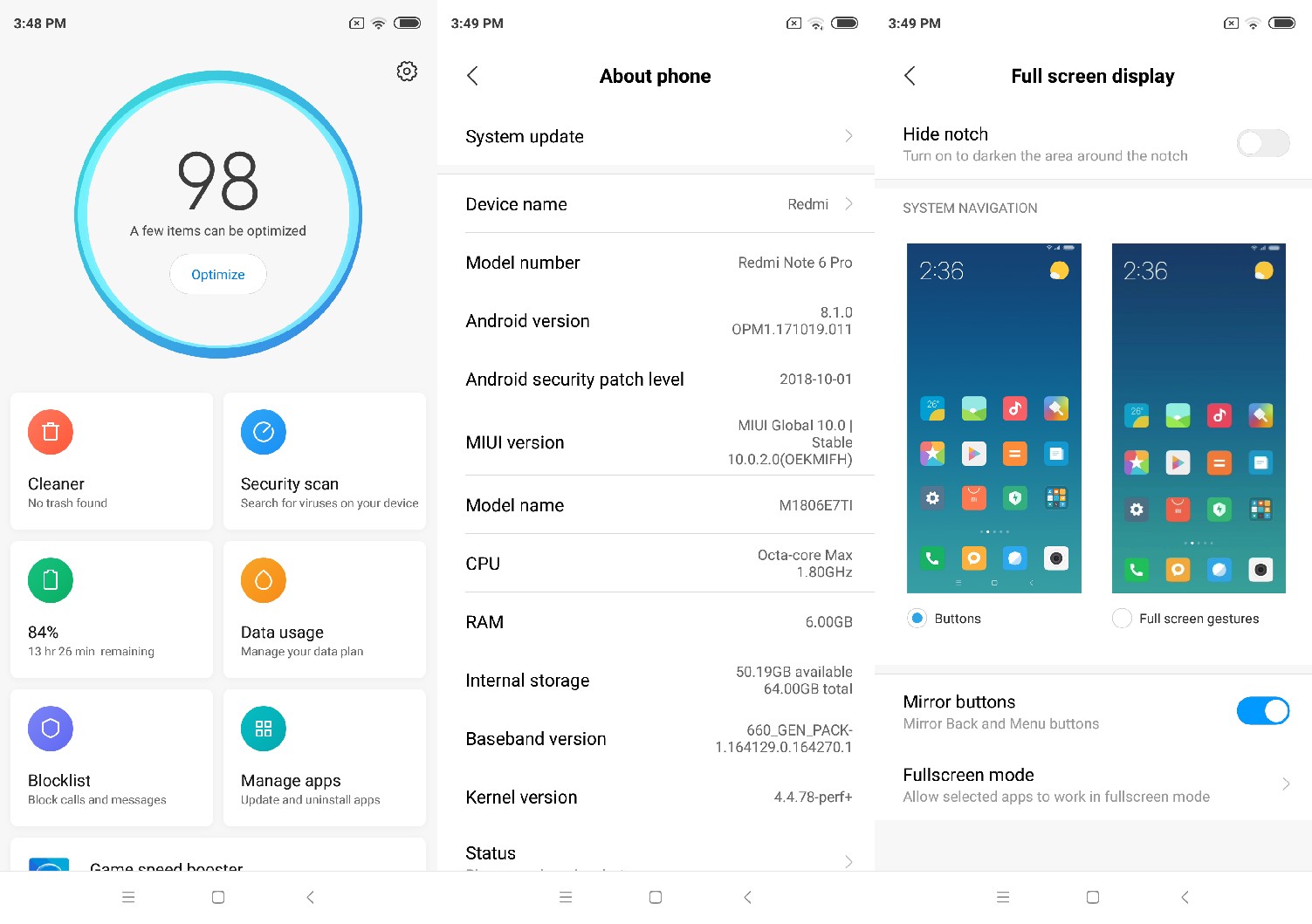
That said, the software is quite well optimized for the phone and it breezes through everyday tasks without breaking a sweat. In my anecdotal experience, the apps seemed to launch faster than the Redmi Note 5 Pro and the overall experience is quite snappy.
MIUI is one of the more popular Android customizations. It’s a tad bloated, but packs in a lot of features and has its share of fans. With the hardware it packs, Redmi Note 6 Pro offers a fluid software experience with no performance issues.
Specifications
| Redmi Note 6 Pro | |
|---|---|
Operating System | Android 8.1 Oreo MIUI 10 |
Display | 6.26-inch Full HD+ (2280 x 1080) display 19:9 aspect ratio 500-nit maximum brightness 2.5D curved glass Corning Gorilla Glass |
Processor | Qualcomm Snapdragon 636 (1.8GHz max) Kryo 260 CPU Adreno 509 GPU |
RAM | 4/6 GB LPDDR4X |
Storage | 64 GB Expandable storage up to 256GB |
Rear Camera | 12MP + 5MP dual camera 1.4μm pixel size f/1.9 aperture Single tone dual-LED flash |
Front Camera | 20MP + 2MP dual camera AI face unlock |
Battery | 4,000 mAh 5V/2A charging Qualcomm Quick Charge 3.0 |
Dimensions | 157.91mm x 76.38mm x 8.26mm |
Weight | 182g |
Colors | Black, Rose Gold, Blue, Red |
Gallery
Pricing and final thoughts
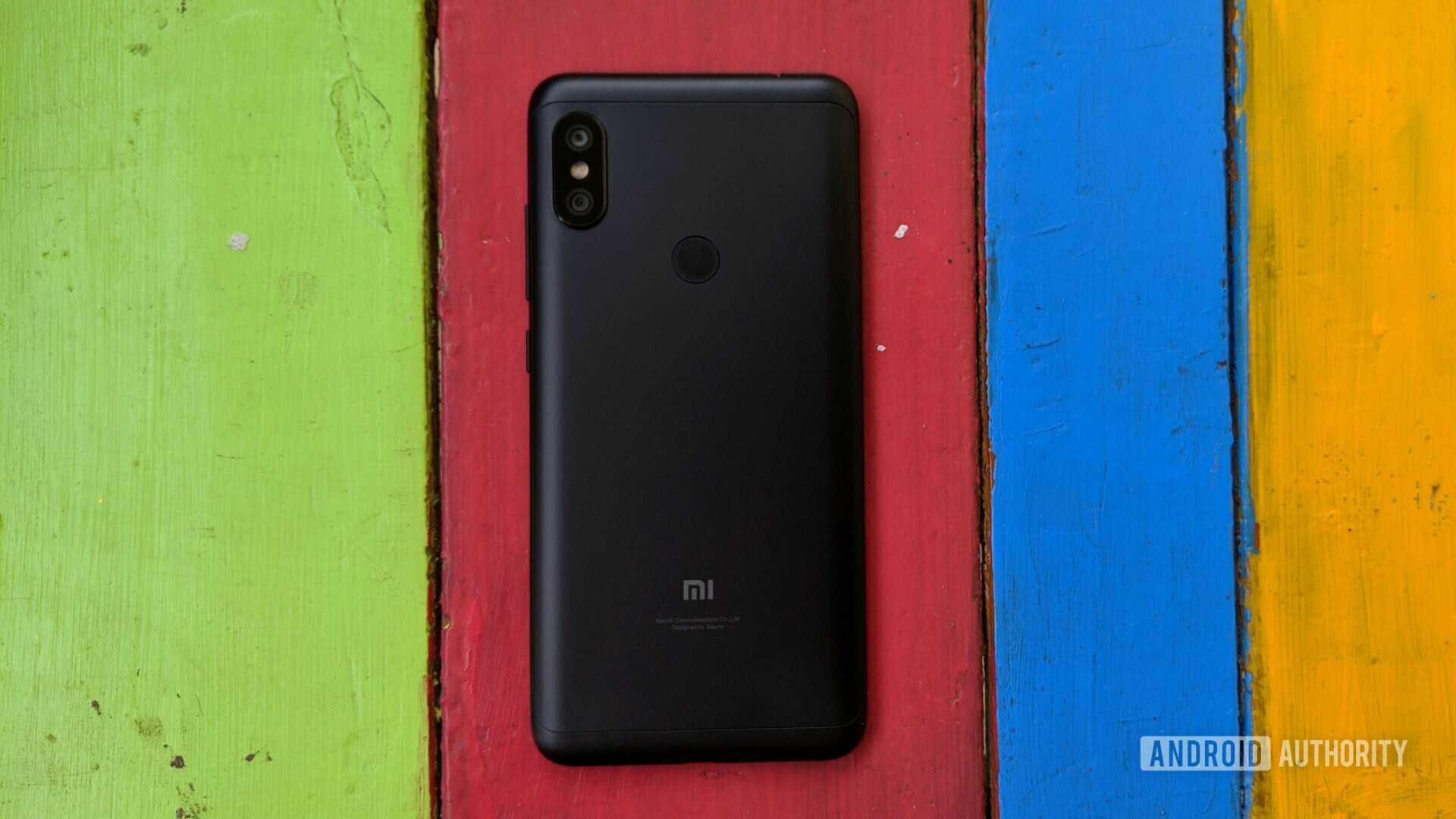
The Redmi Note 6 Pro is a great all-round package, but it’s definitely not the leader in the mid-range segment amongst growing competition.
The Redmi Note 6 Pro is a pretty good smartphone but there are more than a few more appealing options on the table right now.
It offers great value, with a fantastic camera and reliable overall performance, but Xiaomi missed a trick or two to make the latest iteration more appealing. It’s still a fine buy for most users and will likely sell well based on the Xiaomi name.
However, in the mid-range smartphone segment where the loyalties shift with a bump in the RAM or a single digit change in the name of the processor, at 13,999 rupees ($199) in India the Redmi Note 6 Pro won’t have clear path to the crown the Redmi Note series has claimed for a while.